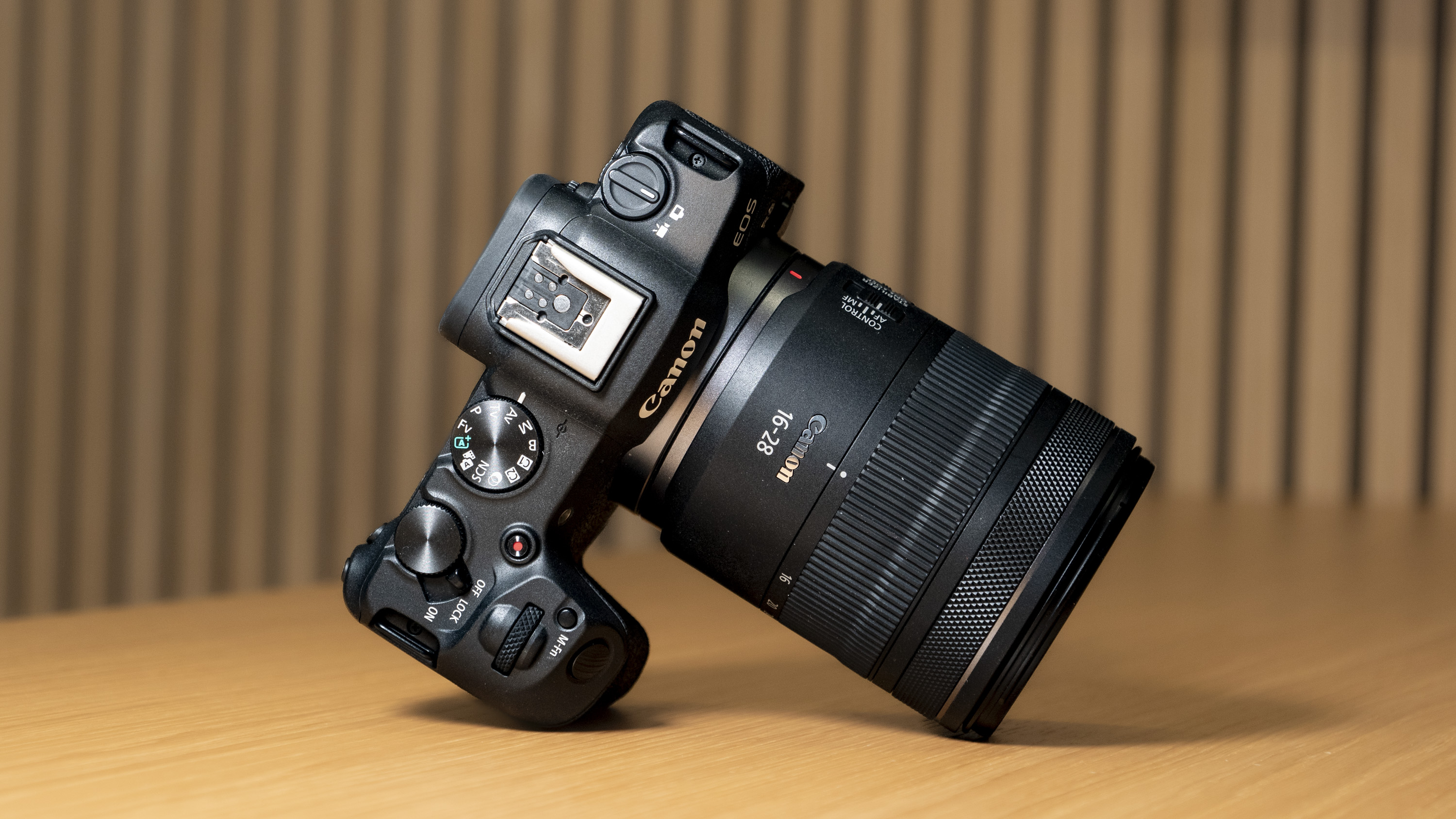When you purchase through links on our site, we may earn an affiliate commission.Heres how it works.
Consider the 16-28mm a sensible match for Canons beginner and mid-range full-frame cameras, such as theEOS R8.
Design-wise, the 16-28mm is a perfect match with theRF 28-70mm F2.8 IS STM lens.
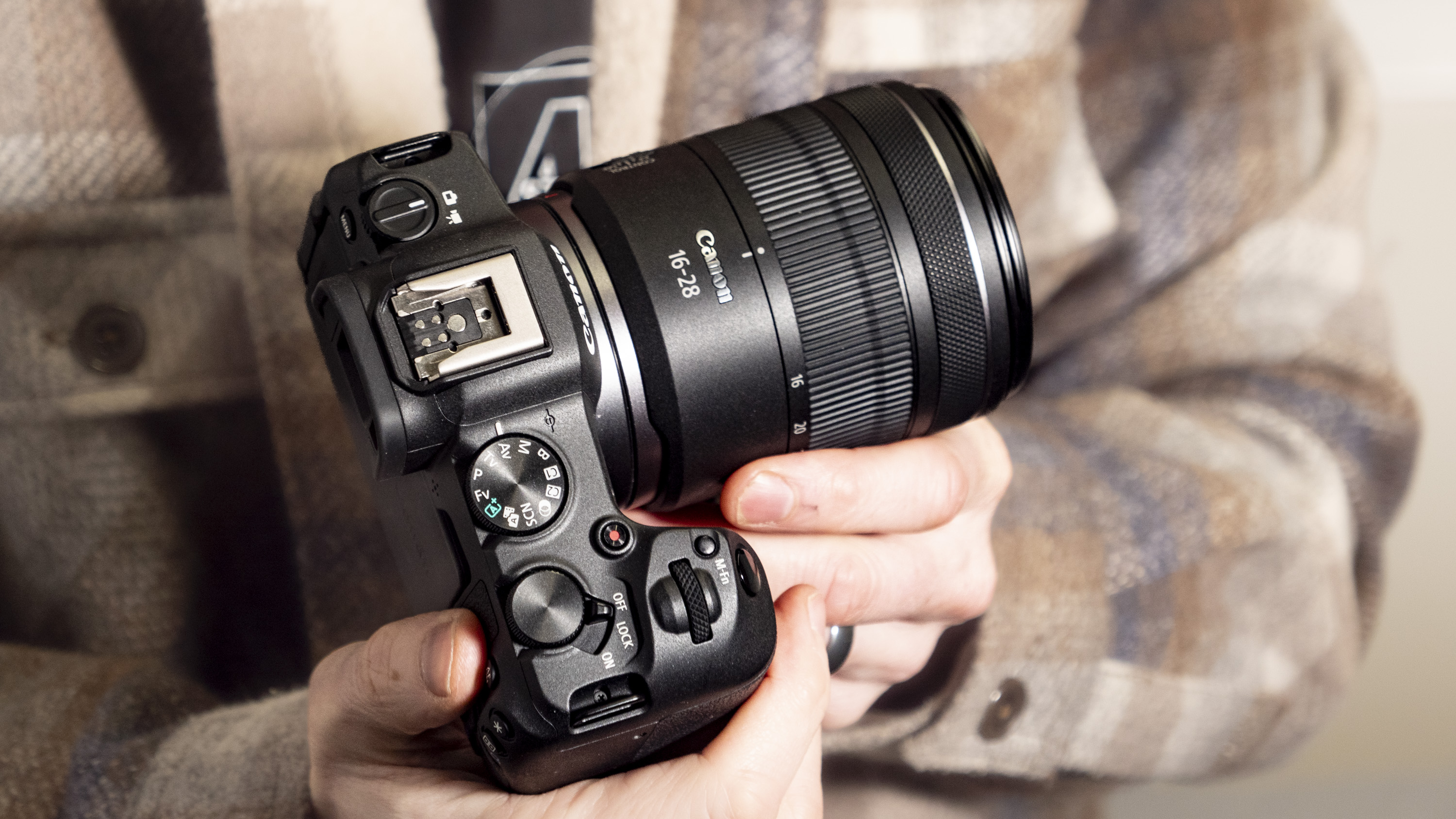
Here I have the new 16-28mm lens attached to an EOS R8 camera, and the pair balance really well in the hand
The right fit for enthusiasts
Despite its lower price, the 16-28mm still feels reassuringly solid.
The rugged lens, which is made in Japan, features a secure metal lens mount.
A worthy addition to the Canon RF-mount family?
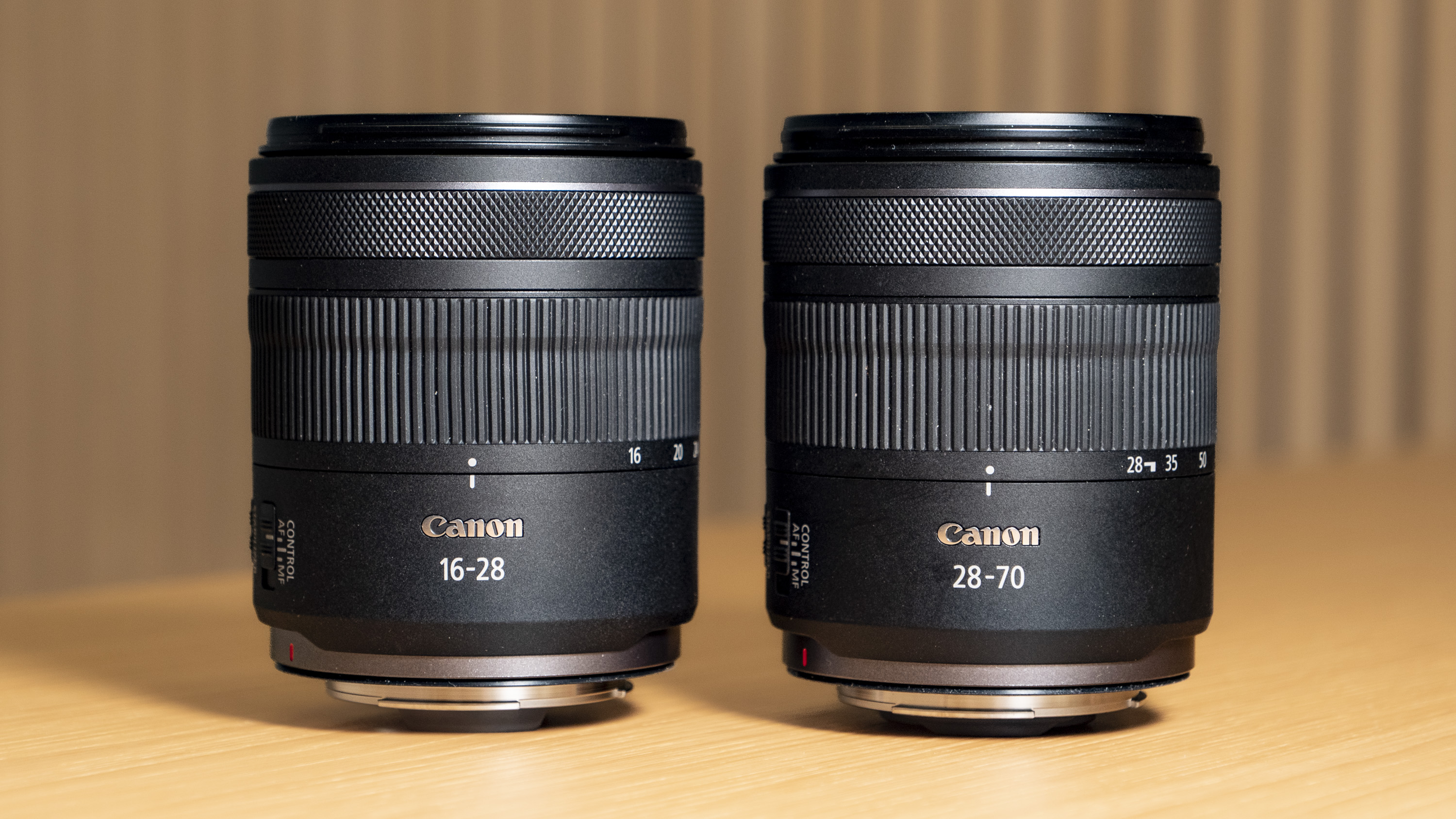
The Canon RF 16-28mm F2.8 IS STM alongside the RF 28-70mm F2.8 lens – the two lenses are clearly designed to pair up(Image credit: Tim Coleman)
Also, why not just pick up theRF 16mm F2.8 STMand the RF 28mm F2.8 prime lenses instead?
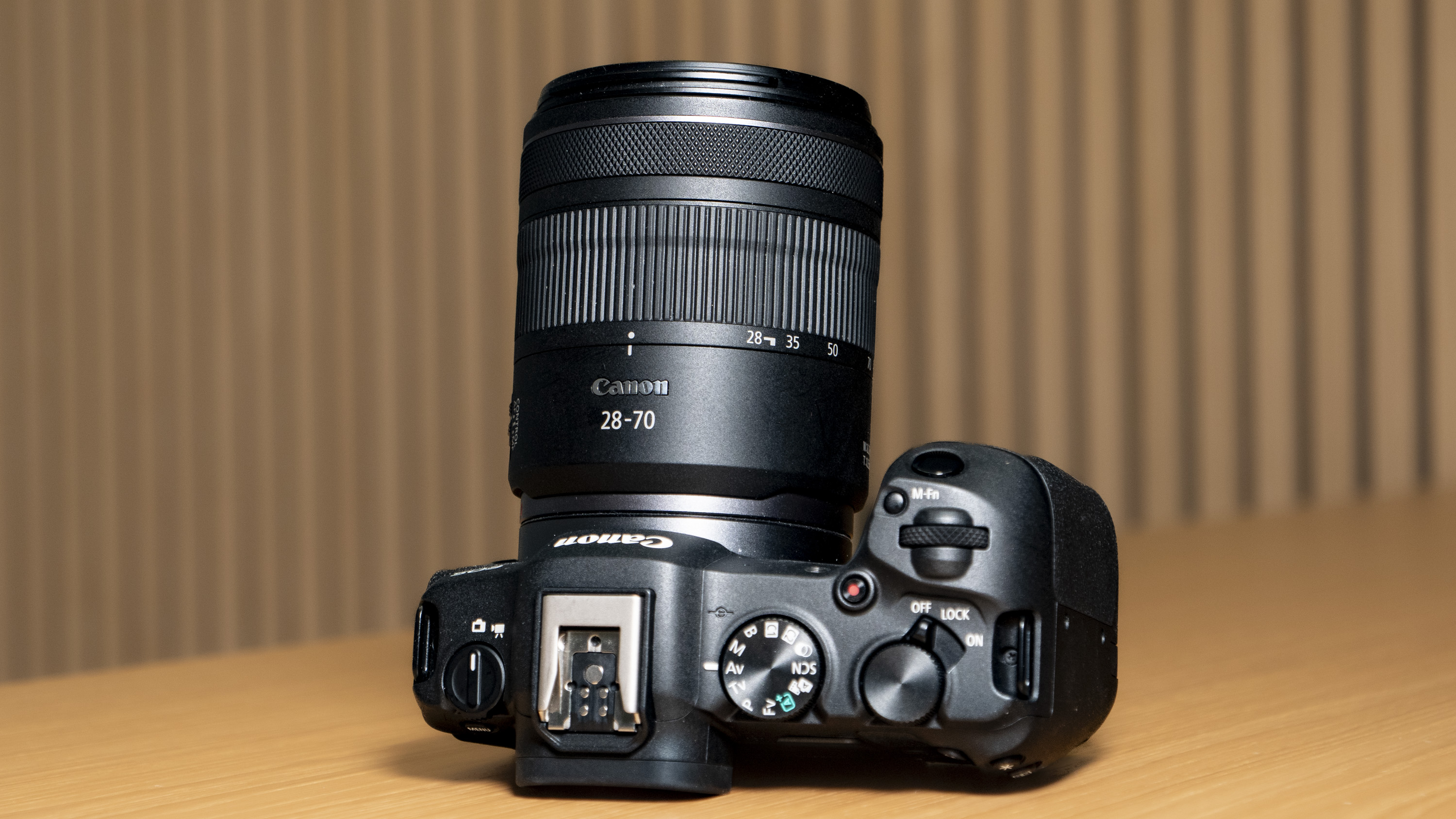
Attached to the EOS R8(Image credit: Tim Coleman)
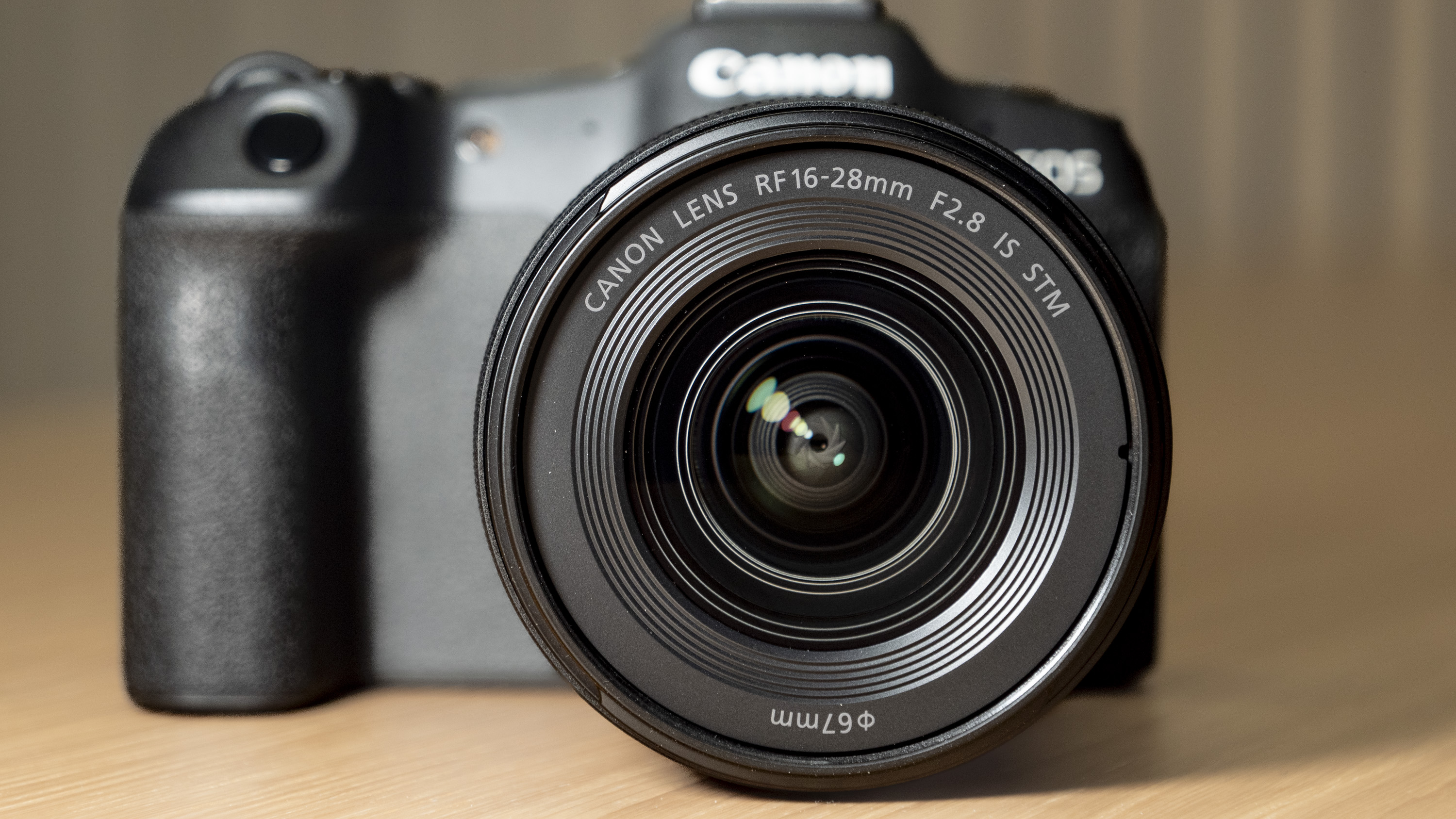
The maximum F2.8 aperture is available whatever focal length you set the lens to.(Image credit: Tim Coleman)
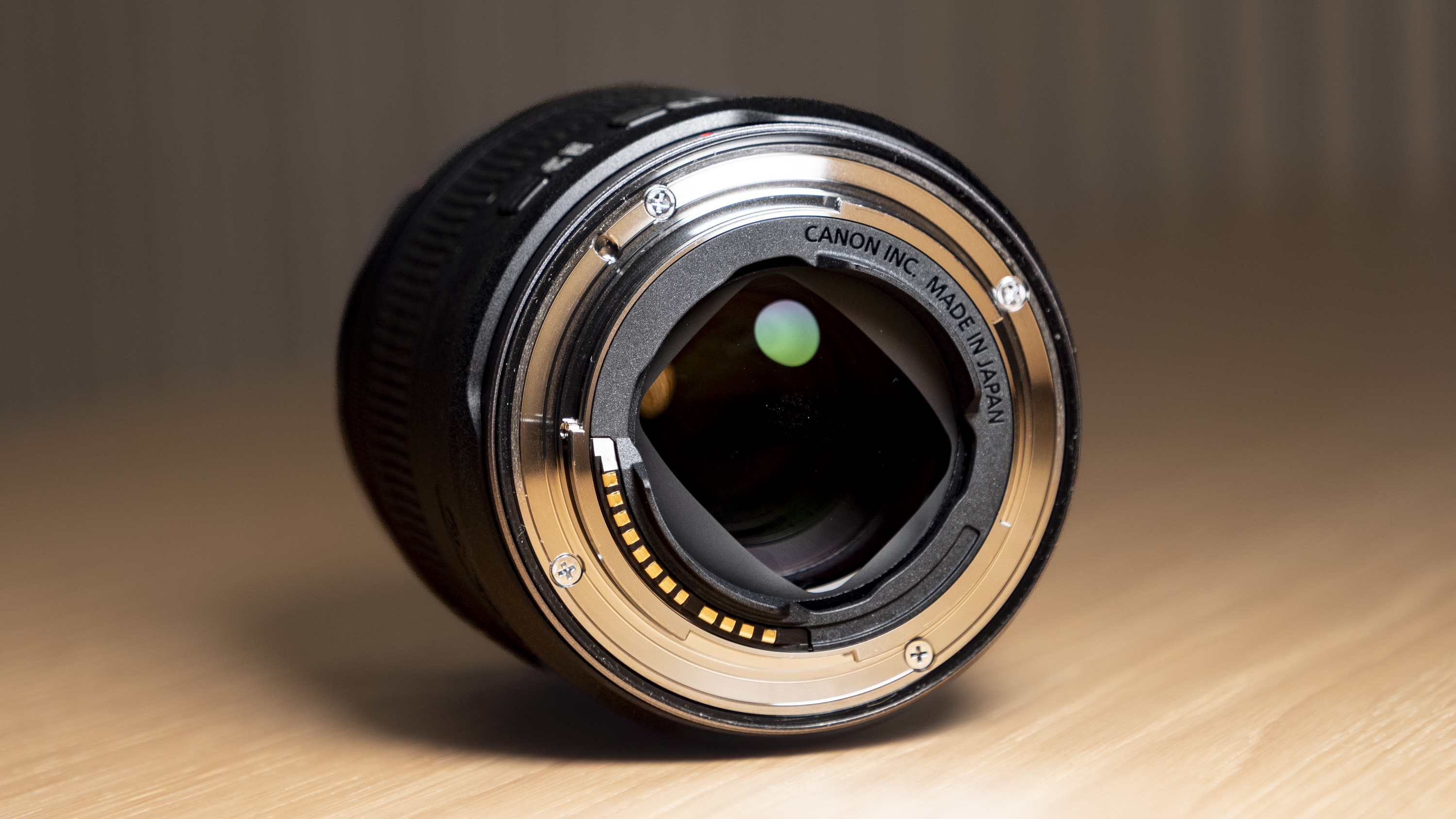
The 16-28mm is made in Japan(Image credit: Tim Coleman)
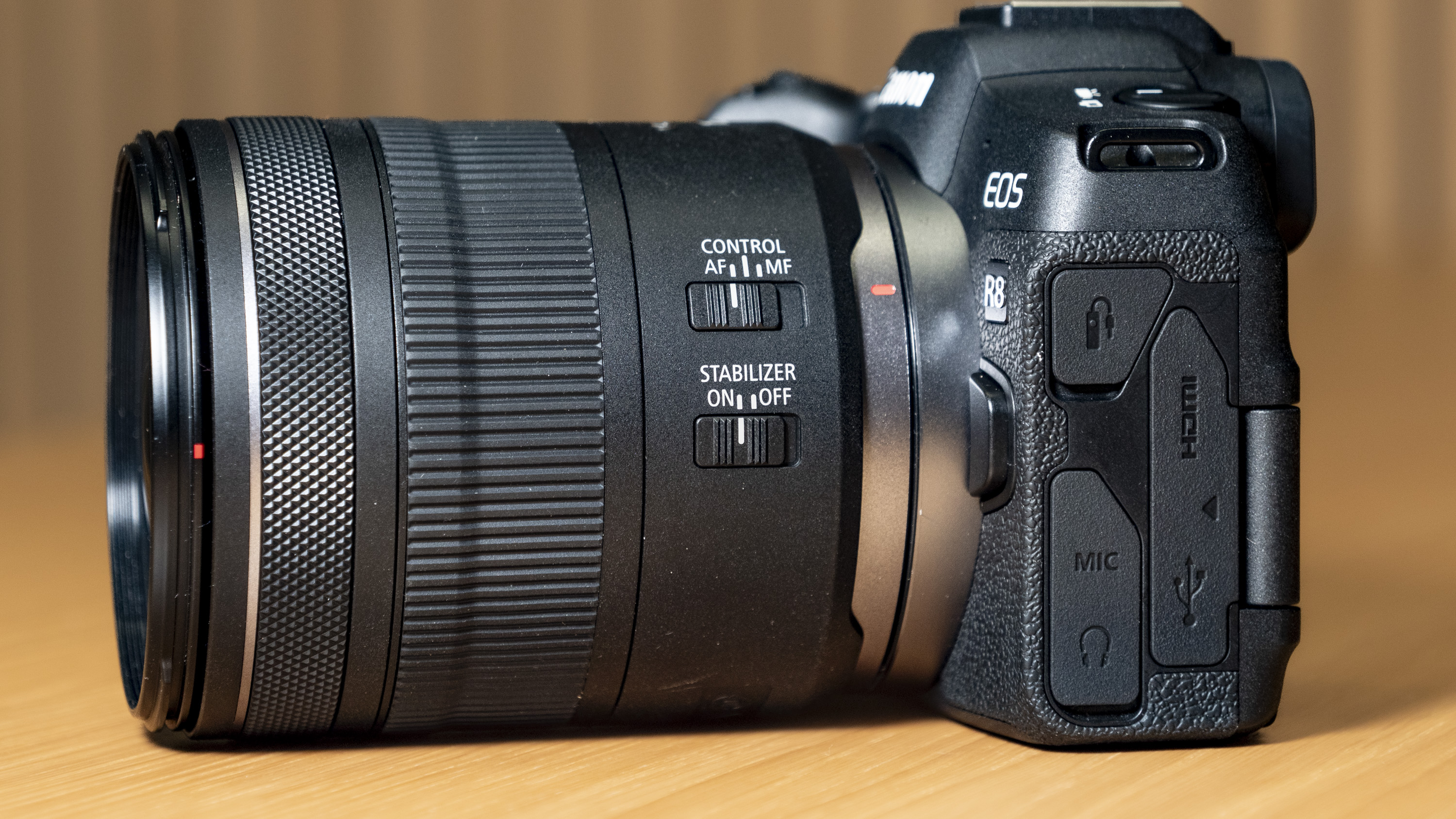
The physical controls include a control ring, zoom ring, AF / MF switch plus optical stabilizer switch.(Image credit: Tim Coleman)
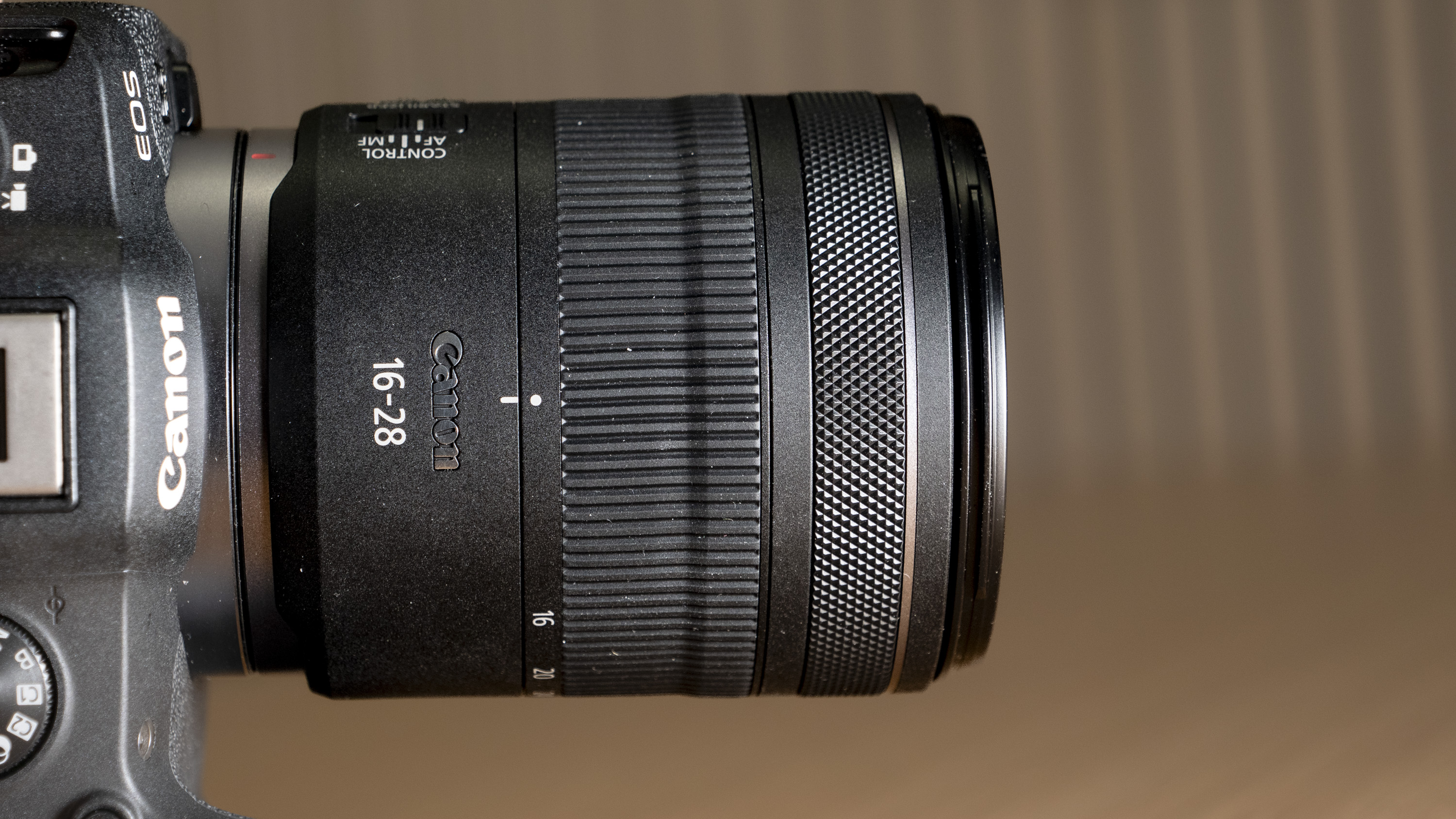
The lens packs away smaller with the zoom ring rotated to the off position(Image credit: Tim Coleman)
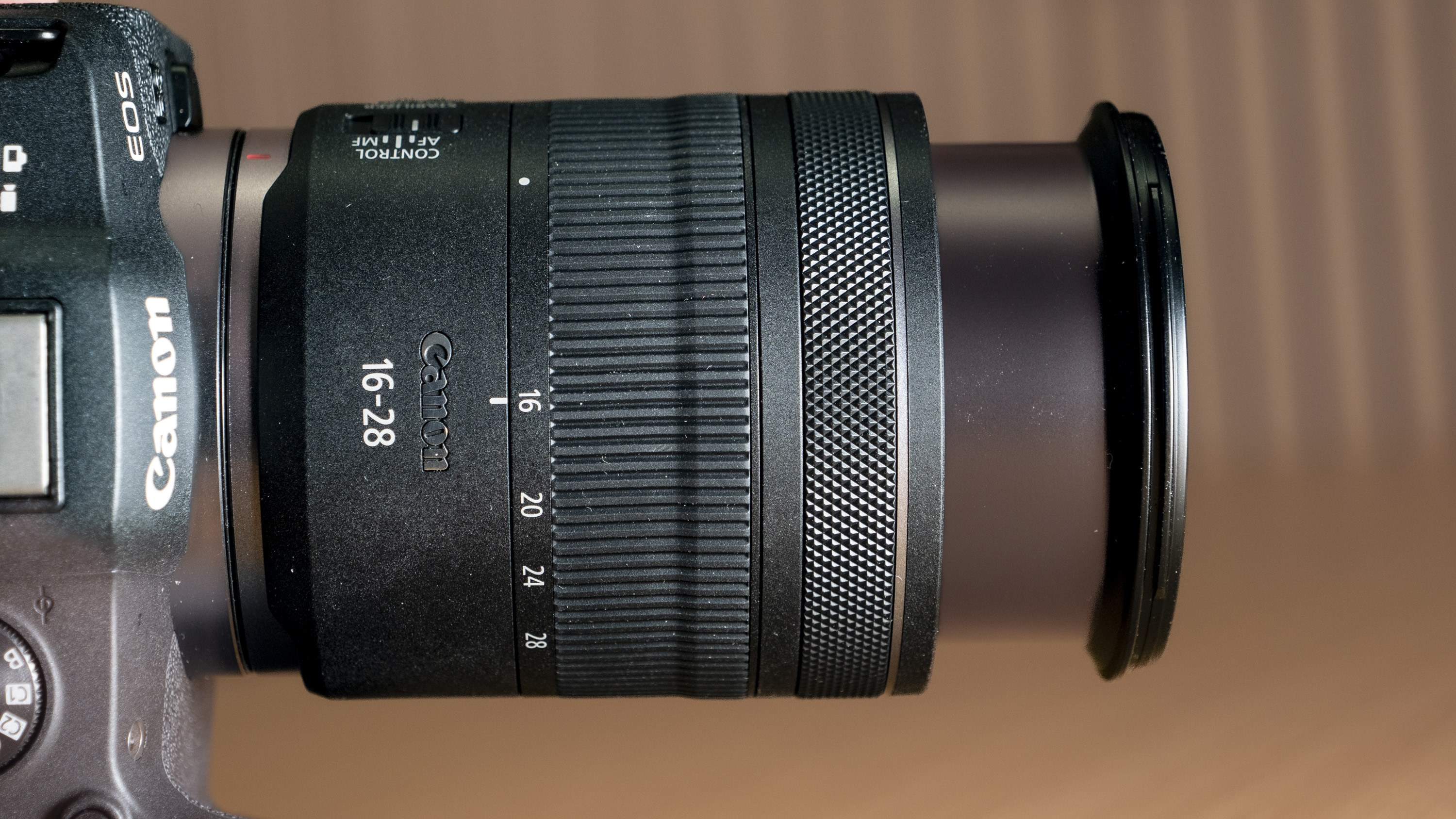
At 16mm the lens is physically at its longest.(Image credit: Tim Coleman)
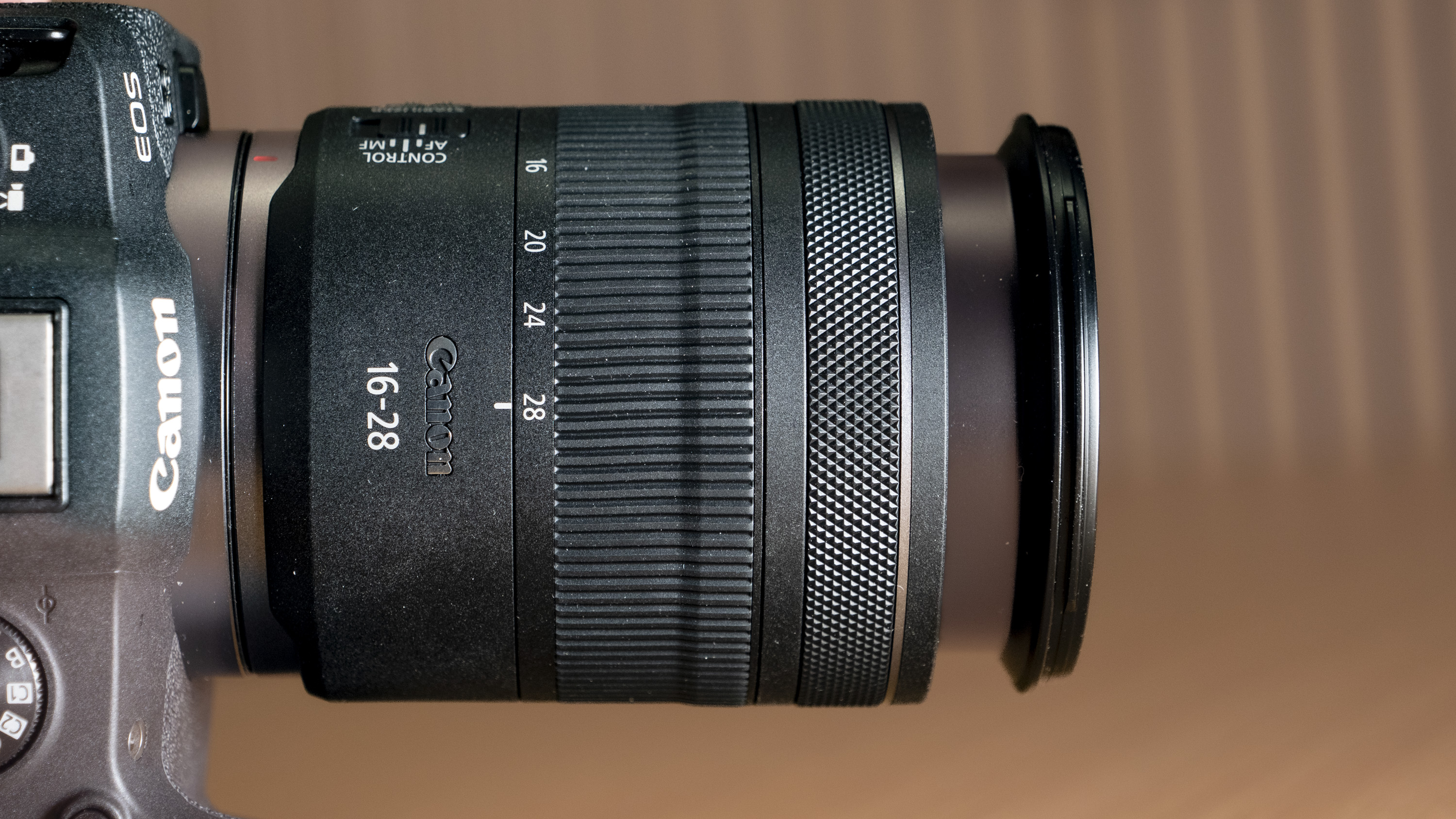
Zoom to 28mm and the lens barrel retracts a little.(Image credit: Tim Coleman)

An unprocessed raw file with the lens set to 16mm and F2.8. You can see severe vignetting in the corners and barrel distortion(Image credit: Tim Coleman)

That exact same photo but the processed JPEG version. See how much the camera has done to correct all those distortions.(Image credit: Tim Coleman)

Here I’m shooting a selfie at 28mm and F2.8. Barrel distortion is less obvious, although light fall off is.(Image credit: Tim Coleman)
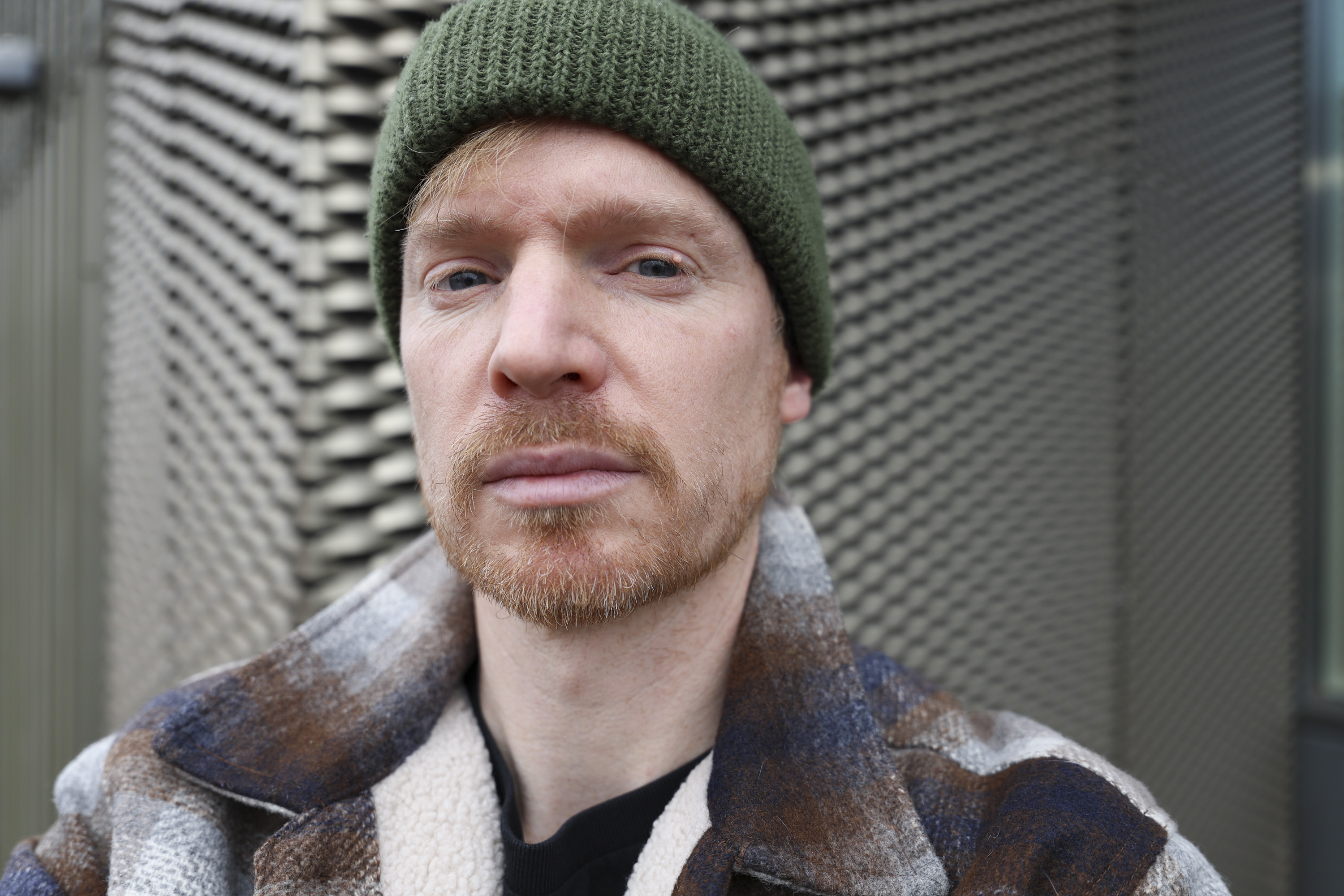
And here’s the same photo but the processed JPEG. The detail in sharply focused areas; my eyes, stubble and clothing, is super sharp(Image credit: Tim Coleman)
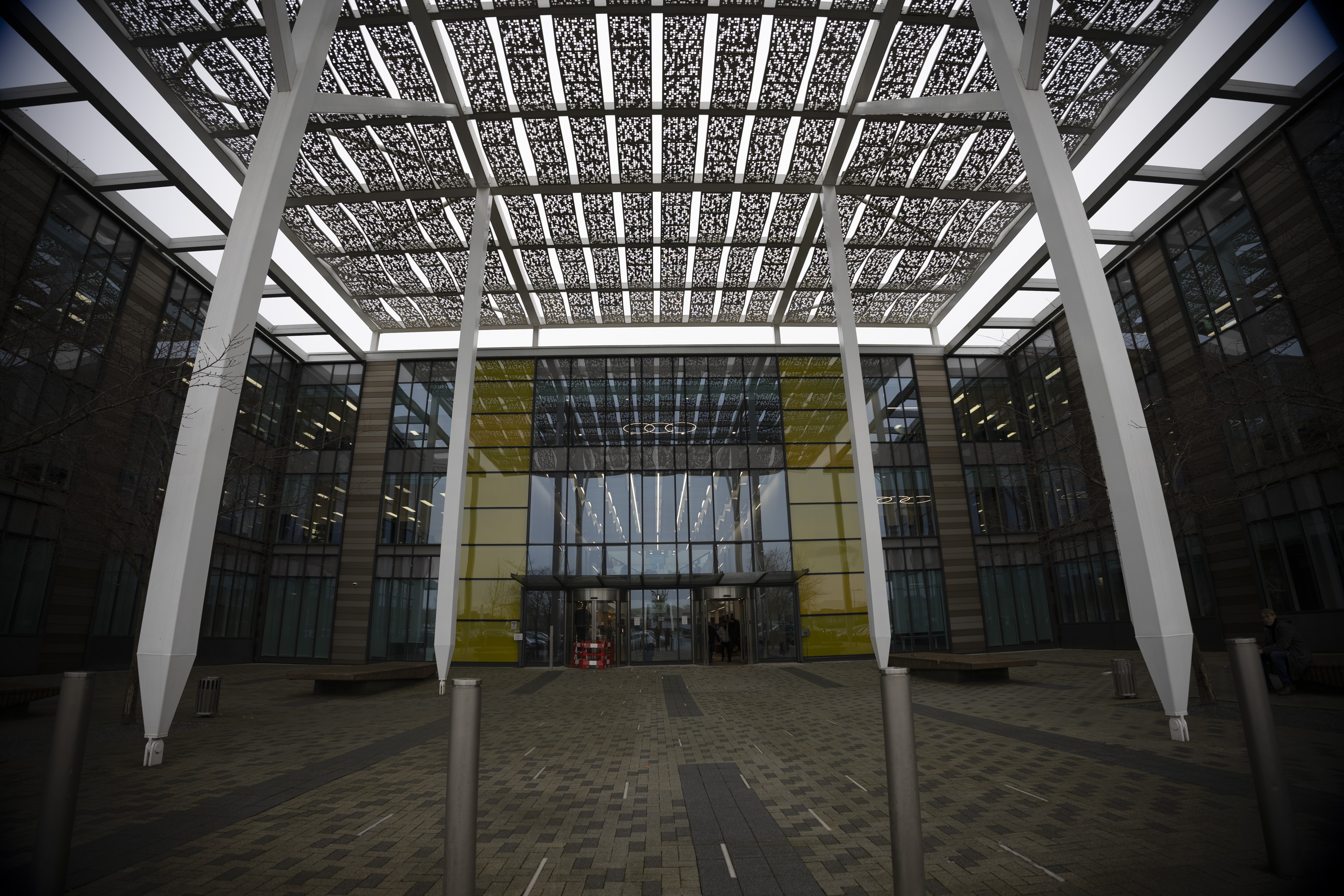
Again, another uncorrected raw file with the lens set to 16mm and F2.8(Image credit: Tim Coleman)
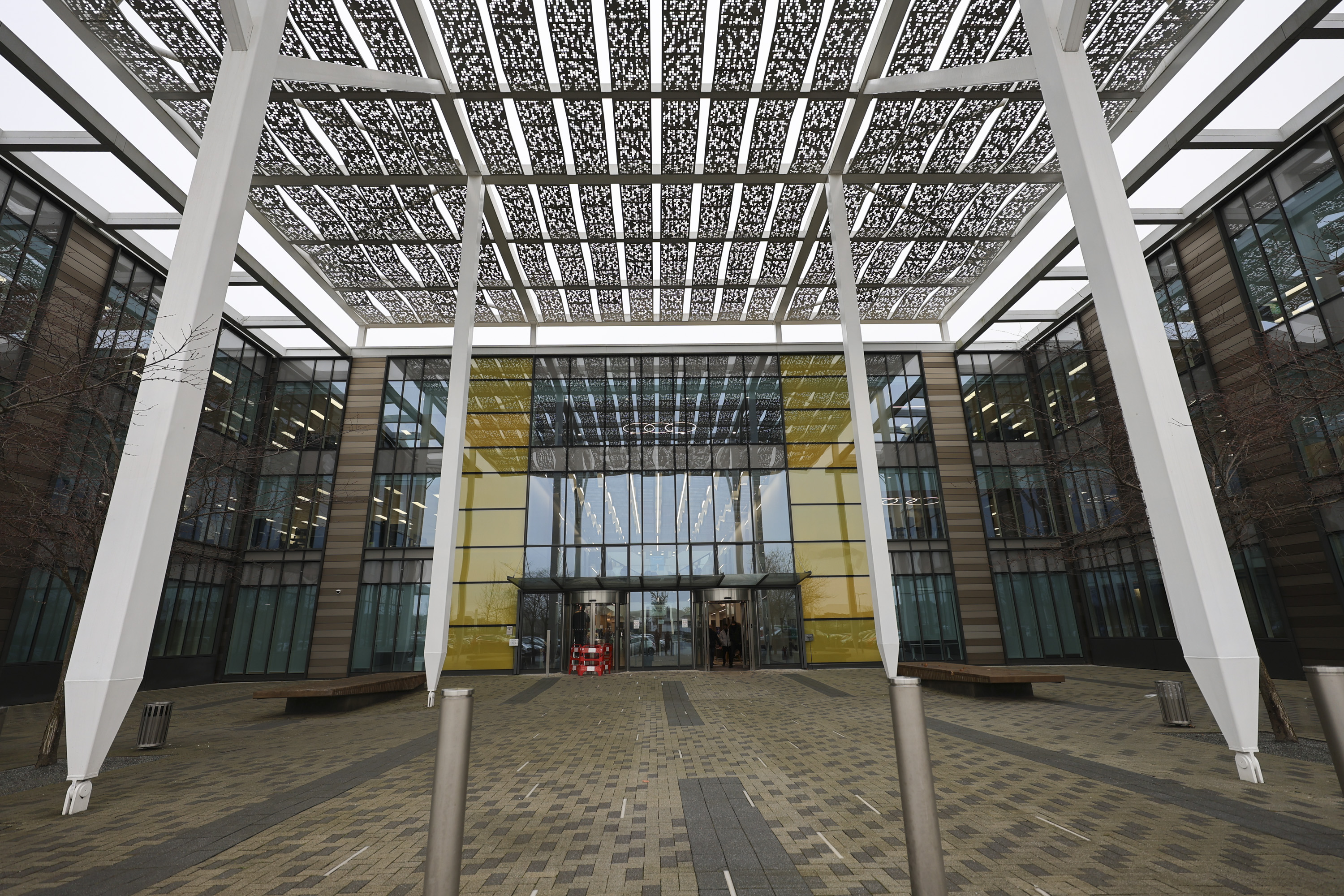
And here’s the processed JPEG.(Image credit: Tim Coleman)
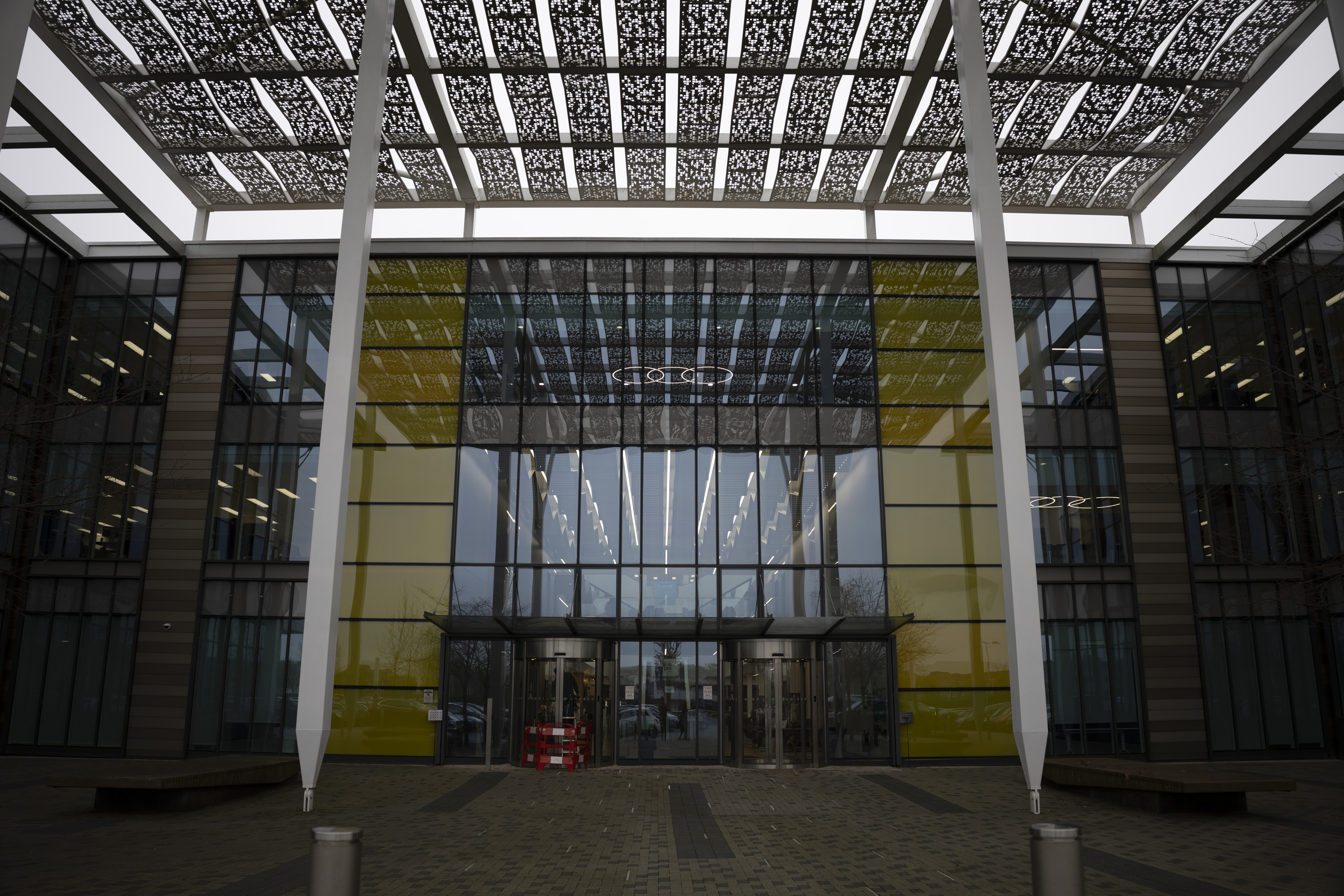
28mm F2.8, unedited raw file.(Image credit: Tim Coleman)

Once again, the JPEG version of the image with 28mm F2.8 lens settings. Much cleaner.(Image credit: Tim Coleman)
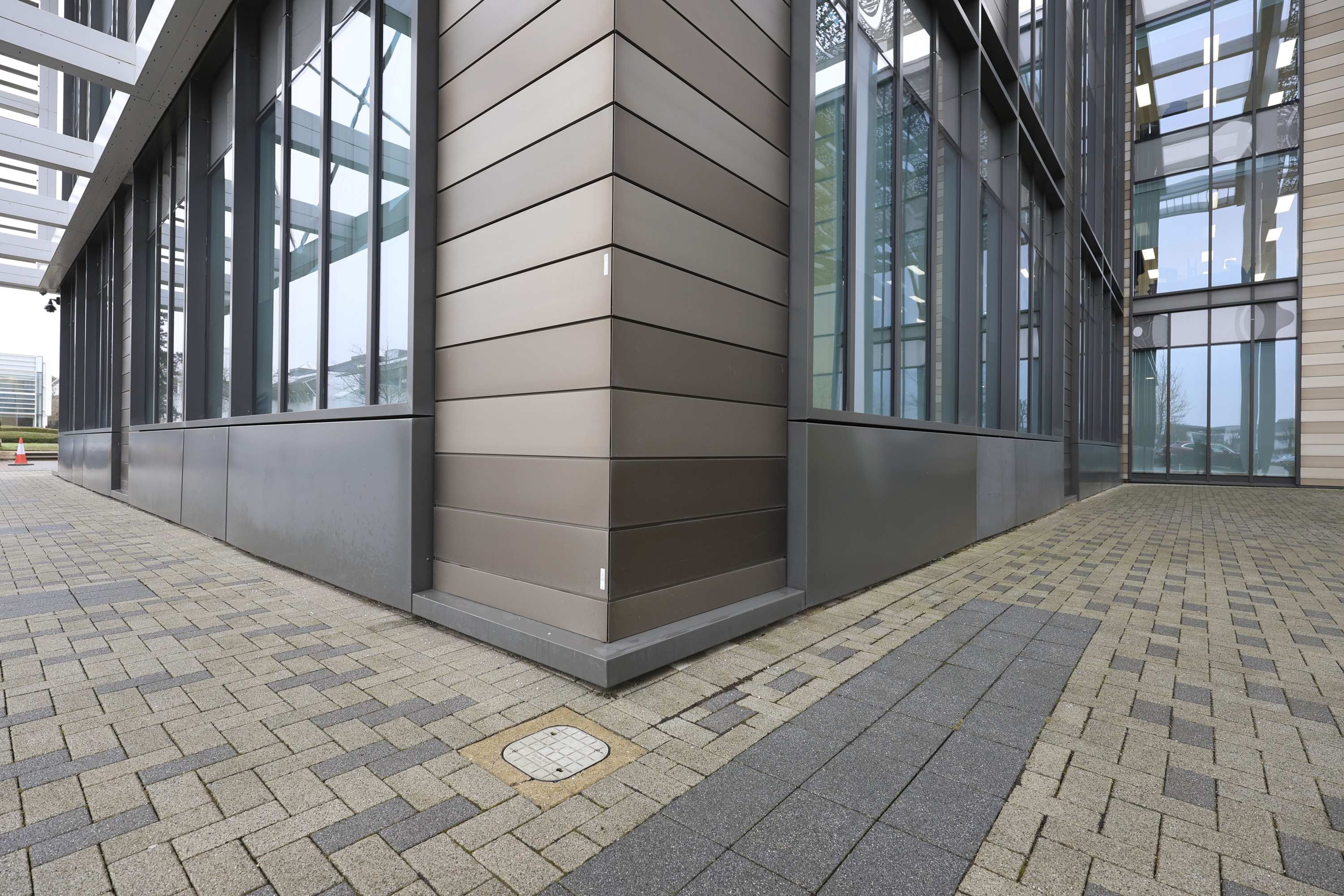
The detail in this JPEG image, shot at 16mm, is super sharp everywhere in the frame.(Image credit: Tim Coleman)
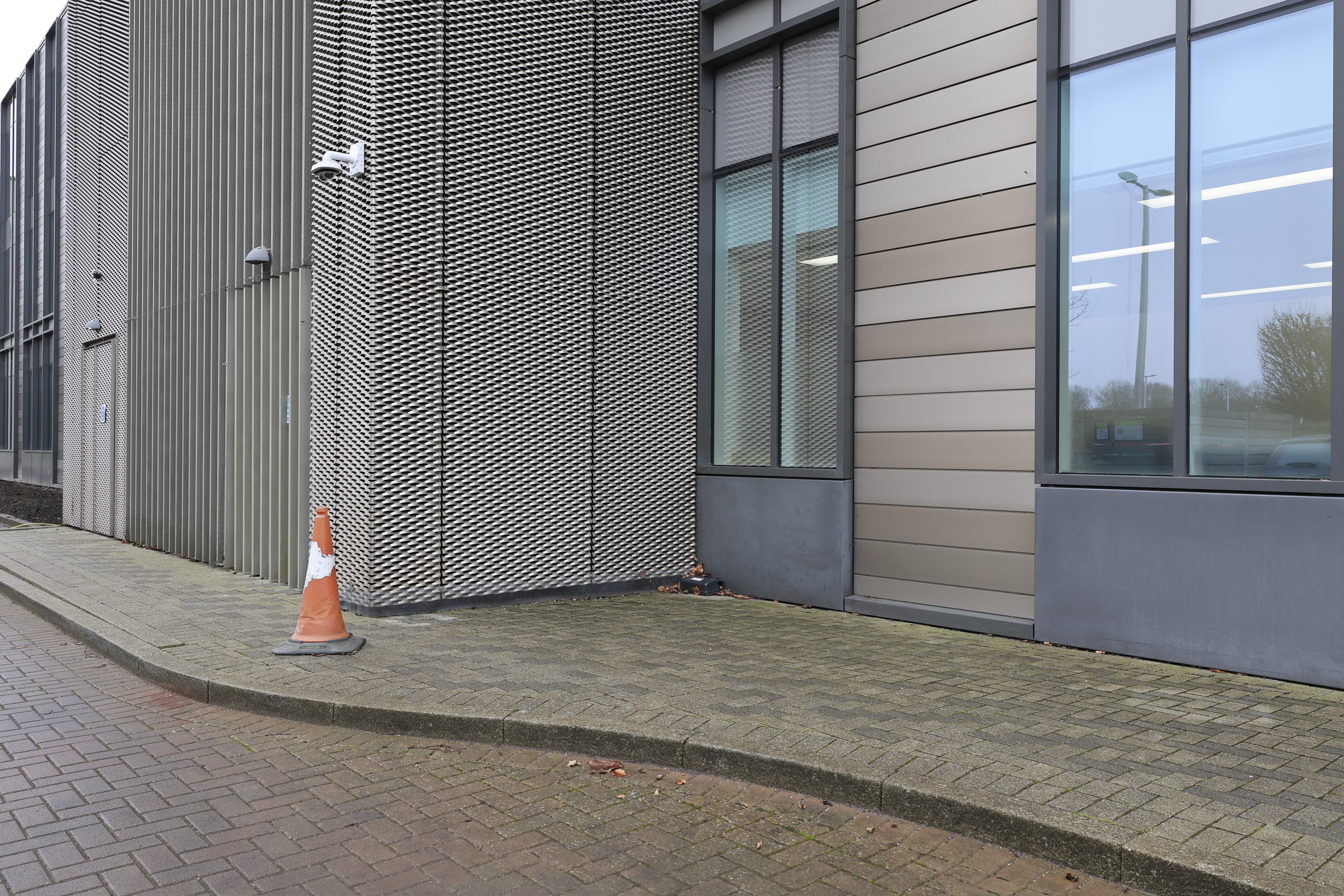
This image was taken with the lens set to 28mm and the aperture to f/8. Optically this is the optimum settings for the lens and overall the image quality majorly impresses.(Image credit: Tim Coleman)
